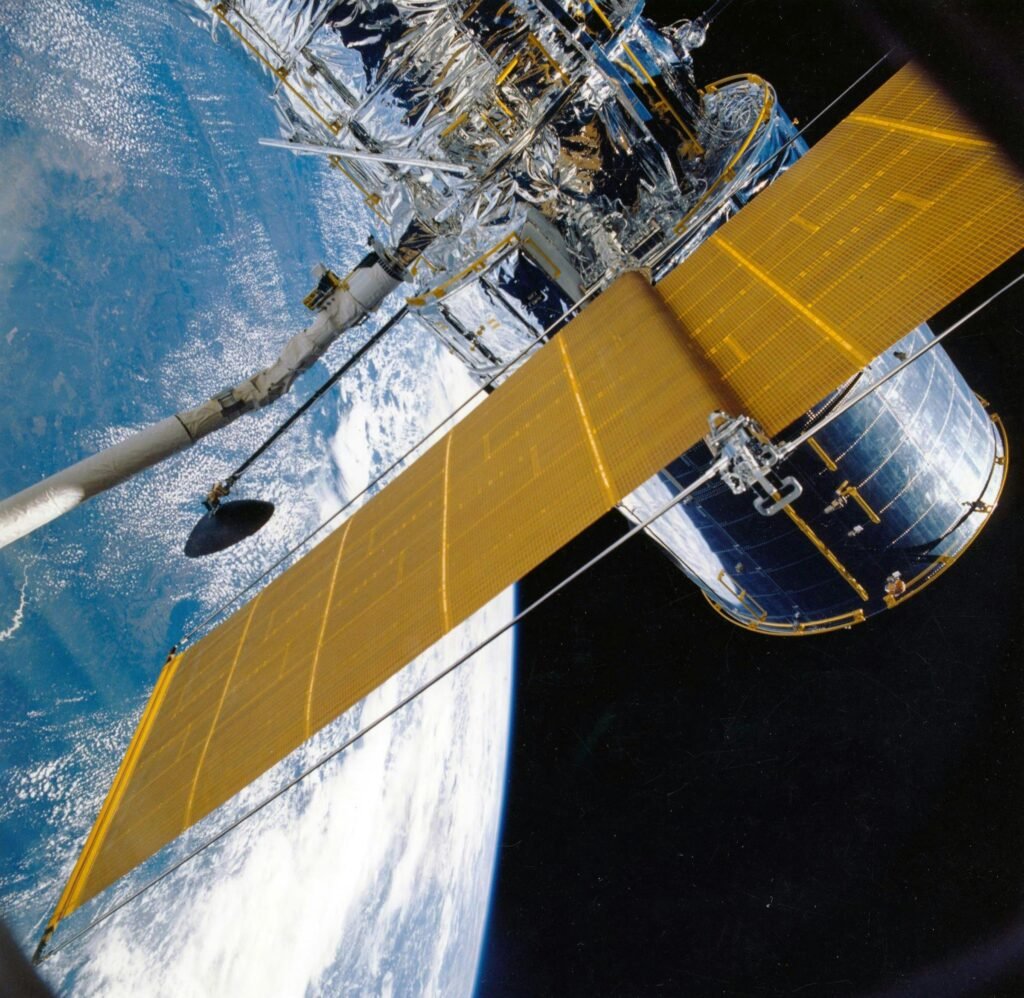
Satellites are more than just machines floating above our heads. They play a huge role in our daily lives—helping us stay informed, connected, and even inspired about what lies beyond Earth. Here are five fascinating facts about satellites that you might not know.
- Weather Watchers in the Sky
Some satellites act like “sky reporters.” They track storms, monitor cloud movements, and help meteorologists predict the weather with impressive accuracy. Thanks to these orbiting tools, we can prepare for hurricanes, heavy rains, or heatwaves long before they reach us. - Thousands Orbiting Earth
Right now, there are over 9,000 satellites orbiting our planet. Some are fully operational, providing internet, navigation, and communication services, while others are retired but still circling as space debris. Together, they form a busy traffic system above Earth’s atmosphere. - Tiny but Mighty CubeSats
Not all satellites are massive. The smallest ones, called CubeSats, can be as small as a shoebox. Despite their size, they carry powerful technology for scientific experiments, Earth observation, and even communication. Their compact design makes them affordable and widely used in research and education. - Built for Harsh Conditions
Satellites are designed to survive extreme conditions in space. They are equipped with radiation shields, solar panels for power, and antennas to stay connected with Earth. These high-tech layers ensure satellites can operate reliably for years, even in the most hostile environments. - Beyond Earth’s Orbit
Satellites don’t just orbit Earth. Some are sent on long journeys to explore other planets like Mars and Jupiter—or even to travel beyond our solar system. These missions help us understand the universe and inspire new discoveries about life beyond our home planet.
Final Thoughts
Satellites may feel distant, but their impact is close and constant—shaping how we communicate, predict weather, and explore the cosmos. From shoebox-sized CubeSats to interplanetary explorers, satellites continue to push the boundaries of science and technology.
